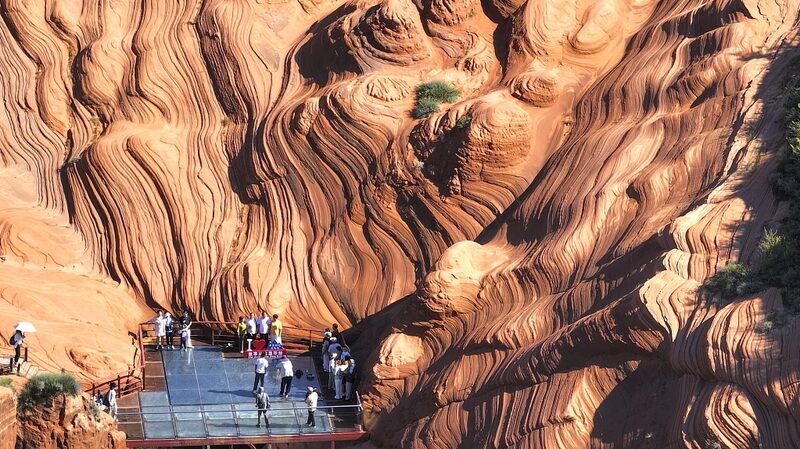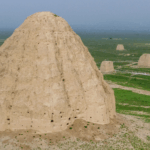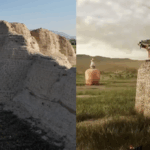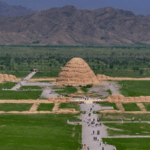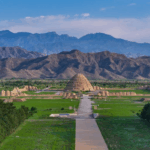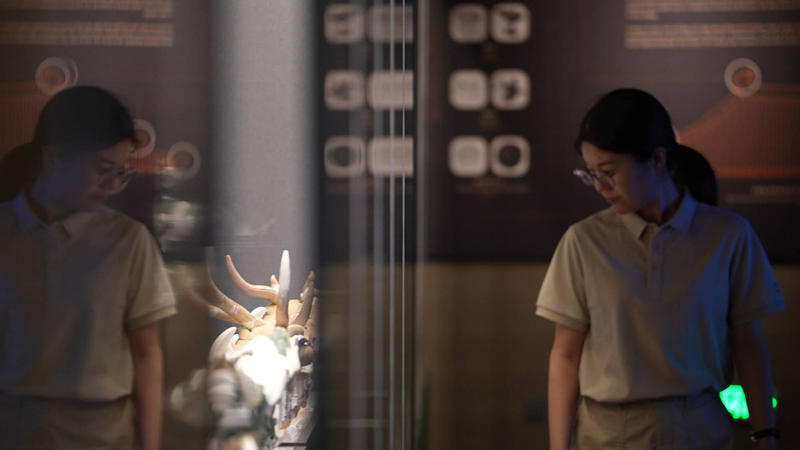Beneath the windswept plains northwest of Yinchuan City, where the Helan Mountains cast long shadows over the Gobi Desert, archaeologists are piecing together the puzzle of a forgotten empire. The Xixia dynasty – a multicultural power that thrived from 1038 to 1227 CE – left behind cryptic earthworks now emerging from the sands, challenging modern understanding of China's historical tapestry.
These weathered mounds, initially mistaken for natural formations, reveal carefully layered rammed earth upon closer inspection. Historical texts describe the Tangut people's sophisticated statecraft and unique script, yet physical evidence remained scarce until recent excavations uncovered ceramic fragments bearing triangular patterns – a signature motif documented in Song Dynasty records.
The discoveries coincide with renewed academic interest in the Silk Road's lesser-known kingdoms. 'Xixia served as a cultural bridge between Central Asian steppe traditions and Chinese administrative practices,' explains Dr. Li Wei, a Ningxia University historian. 'Their sudden disappearance following Genghis Khan's campaigns makes every shard we recover crucial to reconstructing this mosaic.'
For investors and policymakers, the excavations highlight northwest China's growing prominence in cultural tourism. Yinchuan authorities recently announced plans for a research center near the site, potentially creating new partnerships in heritage conservation technology.
As night falls across the Helan range, laser scanners now join the desert winds in mapping what Mongol armies once sought to erase – offering global audiences fresh perspectives on Asia's interconnected past through the silent testimony of rammed earth and rediscovered glyphs.
Reference(s):
Whispers beneath the sand: Unearthing the lost dynasty of Xixia
cgtn.com

